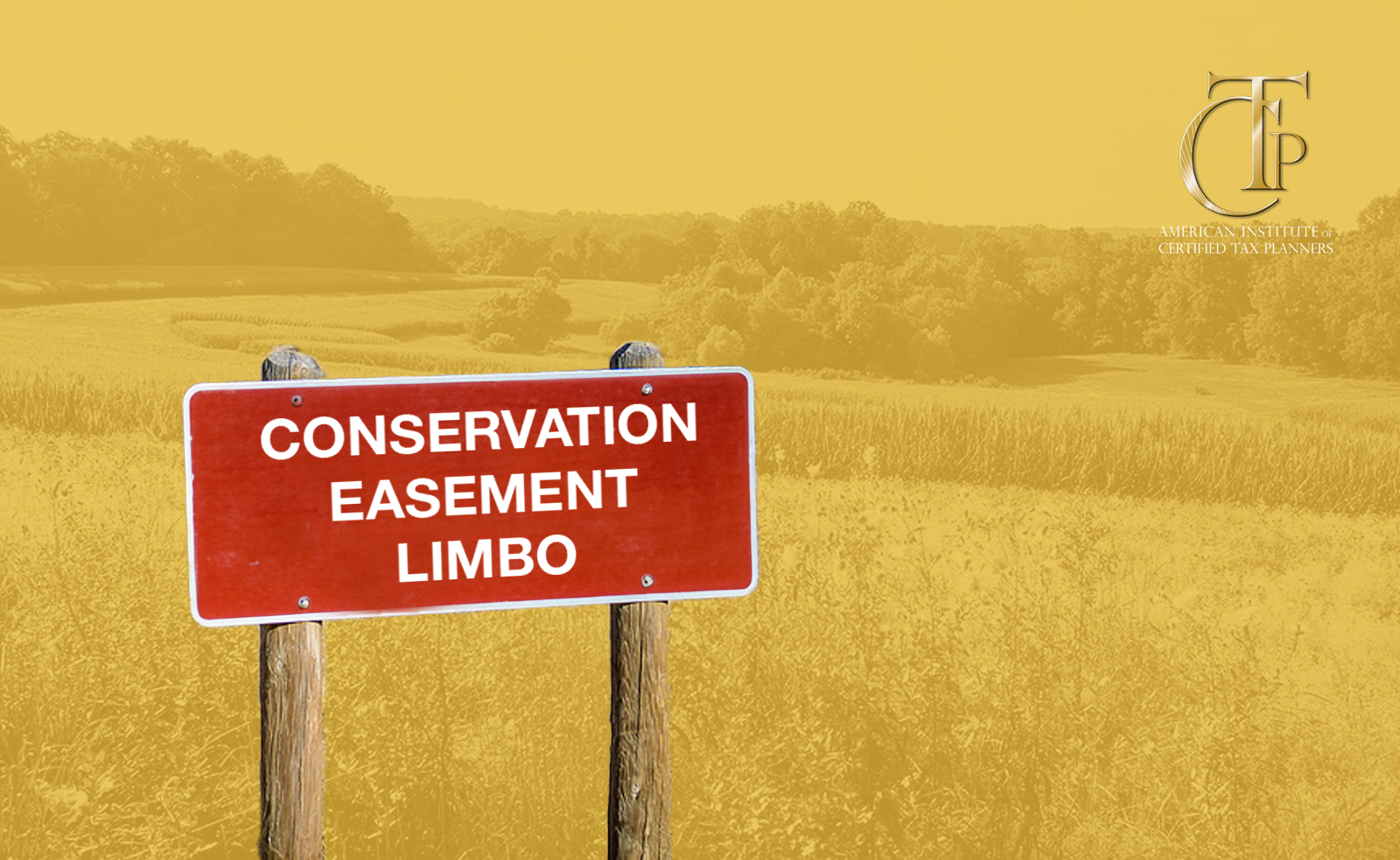The world of tax law has a reputation for being complicated. This is certainly true, not only because the Tax Code can be difficult to interpret and confidently apply to real-life situations, but also because the rules are constantly changing. As legislators pass new measures and the IRS advocates for new regulations, taxpayers and tax professionals alike find themselves in constantly shifting waters.
One example is a lesser-known but highly-lucrative tax strategy involving conservation easements. If you are a landowner or active investor, you may be familiar with this strategy of choosing not to develop your land in exchange for a tax deduction. This article will examine what a conservation easement entails, why the IRS is cracking down on it, and how the rules around this tax deduction have changed.
What is a Conservation Easement?
What’s all the fuss about conservation easements? If you’re unfamiliar with this concept, a conservation easement occurs when a landowner agrees to permanently limit their use of a piece of land in order to conserve it. The goal may be to improve water quality, foster healthy forest growth, maintain a wildlife habit, or ensure the land is available for sustainable agriculture. Similarly, historic easements may seek to preserve building façades by restricting changes to the building. In either case, the conservation easement is essentially a legal agreement that limits how the land can be developed or changed in the future.
So why would a landowner opt into a conservation easement? Aside from environmental concern and philanthropic instincts, a practical reason landowners have chosen this route is for the tax break. The tax code has said that if a taxpayer donates their land as a conservation easement, they can qualify for a federal tax deduction equal to the value of their donation.
To take advantage of what could be a pretty sizable tax break, investors have sometimes formed a partnership that then purchases a piece of land and donates it to receive a charitable tax deduction. This setup is referred to as a syndicated easement—a strategy that the IRS seems determined to eliminate.
Why is the IRS Coming After Conservation Easements?
On the IRS website, the agency describes how certain taxpayers have abused the intention behind conservation easements for their own gain. The IRS first highlights the reason this tax deduction even exists: Congress wanted to provide an incentive for landowners to preserve their land or buildings for future generations, whether for environmental or historical reasons.
However, “promoters” have taken this tax deduction and turned it into a money-making scheme, encouraging wrongful claims on this tax break. The IRS gives examples such as questionable appraisals, inappropriately large deductions, and illegitimate deductions where the taxpayer has not actually complied with tax rules or has developed their property in a way that violates the purpose of the conservation easement. Similarly, some taxpayers have claimed a deduction for a historic easement, often by agreeing not to modify the façade of their house, but in reality, the owner was already prohibited from modifying their home due to local zoning laws, so they hardly qualify for a tax break, looking at its original intention.
In light of these abuses, the IRS has been coming after conservation easements for years. One approach the agency took was to publish a notice that labeled syndicated conservation easements as a “listed transaction.” This would mean the transaction has been identified by the IRS as a tax avoidance transaction that must be reported to the IRS.
This attempt at shutting down syndicated conservation easements hit a roadblock when the Tax Court recently ruled that the IRS could not use a notice to identify listed transactions. The IRS shifted gears and instead proposed regulations that would identify certain syndicated conservation easements as abusive tax transactions.
How Have the Rules Around Conservation Easements Changed?
At the end of last year, the IRS made changes to the rules and essentially left syndicated conservation easements dead in the water. The tax break didn’t disappear completely, but it has become limited to historical easements and what is called a “fee simple” (more on that in our next blog). These restrictions were put into place:
- First, the IRS bracketed the landowner by requiring a three-year hold before the land could be put into a trust and be considered a conservation easement for tax purposes.
- Second, the IRS limited the deductions to 2.5 times the property value based on its “highest and best use.”
These changes went into effect on December 29, 2022. For any taxpayers who invested in a conservation easement last year, do not fret: the changes only apply to easements that took effect on or after that date.
What’s Next for Landowners Looking for a Tax Break?
For the time being, conservation easements may be off the table as a viable tax break, but this doesn’t mean that landowners are out of luck when it comes to tax strategies. To learn more, read our second article on this topic, which covers the fee simple tax strategy. For tailored advice on how to make the most of your property investment, reach out to a Certified Tax Planner today.





